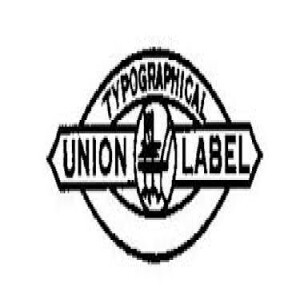

On this day in Labor History the year was 1859.
That was the day that the St. Anthony and Minneapolis Typographical Union Number 42 was founded in Minnesota.
It was one of the oldest unions on record in the state.
Three years’ earlier, printers in St. Paul had formed a union, Local 30, with a dinner to honor Benjamin Franklin’s birthday.
At the time just over 6,000 white people lived in Minnesota.
Typographical workers were very important to the early labor m...
On this day in Labor History the year was 1859.
That was the day that the St. Anthony and Minneapolis Typographical Union Number 42 was founded in Minnesota.
It was one of the oldest unions on record in the state.
Three years’ earlier, printers in St. Paul had formed a union, Local 30, with a dinner to honor Benjamin Franklin’s birthday.
At the time just over 6,000 white people lived in Minnesota.
Typographical workers were very important to the early labor movement in the United States.
These printers were vital to spreading the word about the cause of labor to other workers in the era before radio, television or computers.
In Minnesota, eight journeymen printers joined together to form Local 42.
According the “History of Hennepin County and the City of Minneapolis” published in 1881, “The Union was prosperous, having at one time on its list every journeyman printer within its jurisdiction.
The war of the rebellion practically dissolved the organization, five of its members entering the Union Army.”
Like it did for many fledgling unions, the Civil War took its toll on the typographical union local Number 42.
One member H.M. Metcalfe was killed in battle.
The union was disbanded during the Civil War, reforming a decade later.
Although the Civil War had disrupted labor organizing across the north, the years following the conflict saw a surge in labor activity.
Wages stagnated during the war, while prices for goods soared.
Workers banded together to demand fair pay and against the exploitation that grew along with increasing industrialization.
These early labor unions were predominantly made up of skilled workers like the printers.
Comments (3)
More Episodes
All Episodes>>You may also like
Creat Yourt Podcast In Minutes
- Full-featured podcast site
- Unlimited storage and bandwidth
- Comprehensive podcast stats
- Distribute to Apple Podcasts, Spotify, and more
- Make money with your podcast
It is Free











